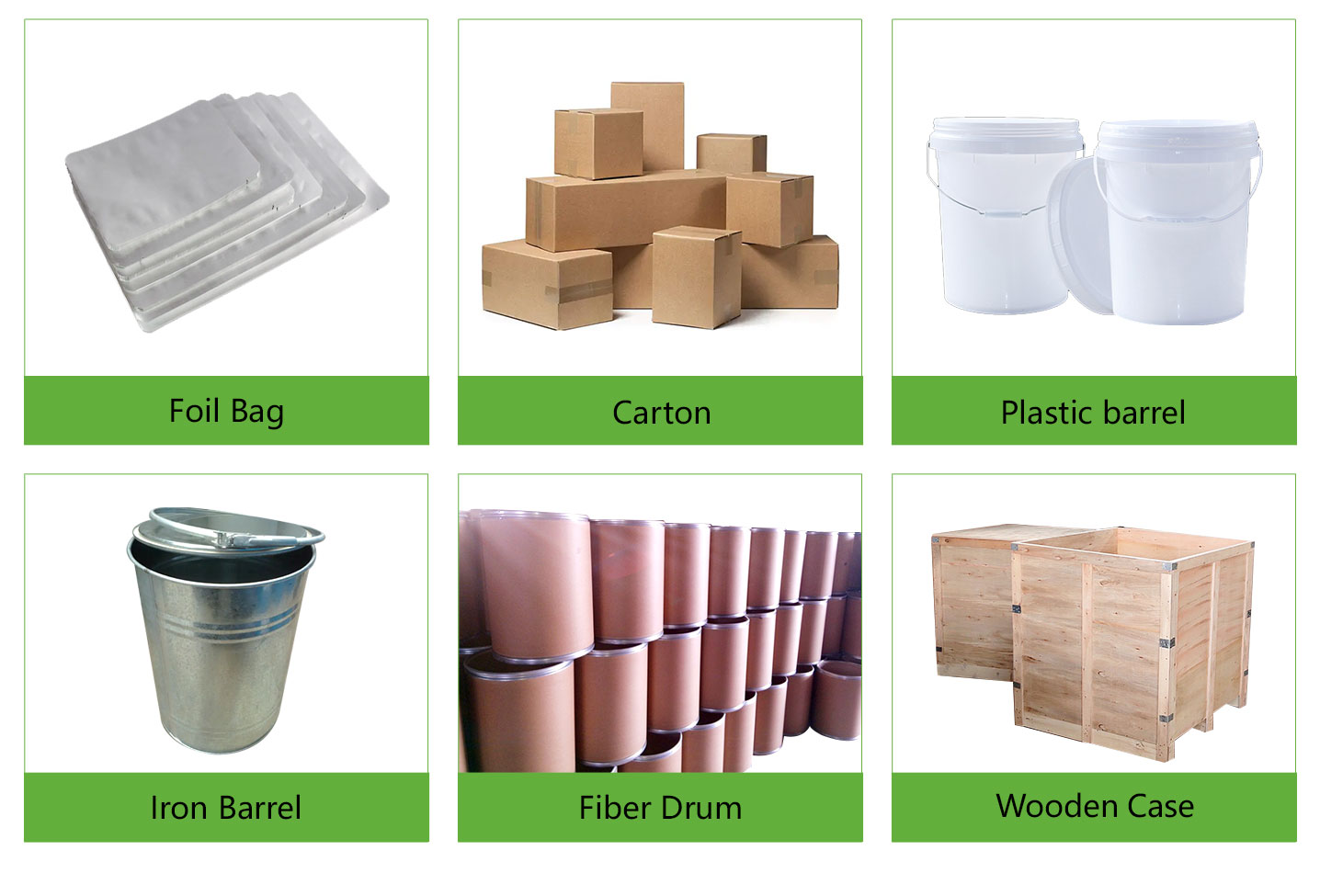How can you 3d-print metal powder materials
The fundamental aspect of powder metalurgisty is the manufacturing of metal powder. You can prepare metal powders in a variety of ways, including reduction, electrolysis and carbonyl decomposition. There are four main methods to produce metal powders: solid reduction, electrolysis chemical and atomization. To produce elemental metal particles, most companies use reduction and electrolysis methods. These methods aren’t suitable for making alloy powders. The atomization technique tends to override this problem. It is used by manufacturers to create alloy powder.
Performance requirements of 3D printing metal powder
Primarily, ceramic inclusions of low purity will reduce performance. Also, they have high melting points and can be difficult to sinter. Powder must not contain ceramic inclusions. Also, it is important to control the nitrogen and oxygen content. Metal 3D printing uses a powder preparation technique called atomization. This powder is easily oxidized because it has a high specific area. Customers with special requirements for aerospace or other applications have higher standards. This indicator includes the following: The oxygen content of high temperature alloy powders is 0.006% to 0.018%; that of titanium powder is 0.007% to 0.013% and that of stainless powder is 0.010% to 0.025%. Powder flowability is directly related the fluidity. Fluidity can be affected by the size of the powder particles and their distribution. Particle density will affect how uniform the particle shapes are. Also, the percentage of very fine powder within the mixture will influence the fluidity. When the particle density remains constant, both the relative density as well as the powder fluidity will rise. The powder fluidity will also decrease if water or gas is adsorbed to the particle surface.
The price of powdered 3D printed metal material
Material particle size and purity can affect 3d printed powder’s prices. The purchase volume may also impact the powder’s costs. Large quantities of powder will result in a lower price. Our company website has the prices for 3d-printed metal powder material.
Powder material for 3D printing of metal
The Advanc3dmaterials Advanced Material Nano Technology Co. Ltd. Luoyang City (Henan Province), China. This is a trusted and reliable global supplier of chemical materials. With more than 12 years experience, it can provide high quality chemical and nanotechnology products, such as 3d printed metal, powder material, graphite, sulfide, and 3D printing materials. We are happy to help you find high-quality 3d printed metal powder material that is also cost-effective. Get in touch You can also inquire at any time.
Inquiry us
